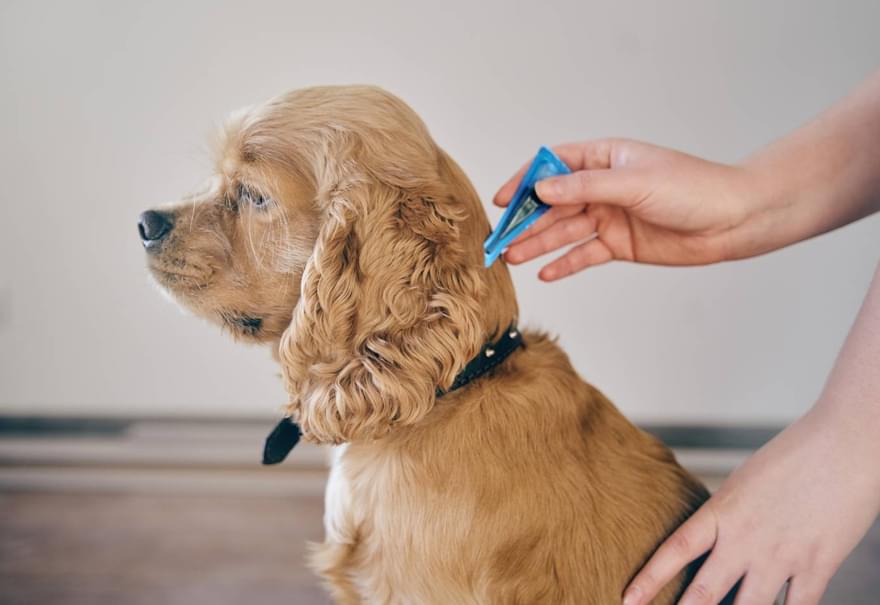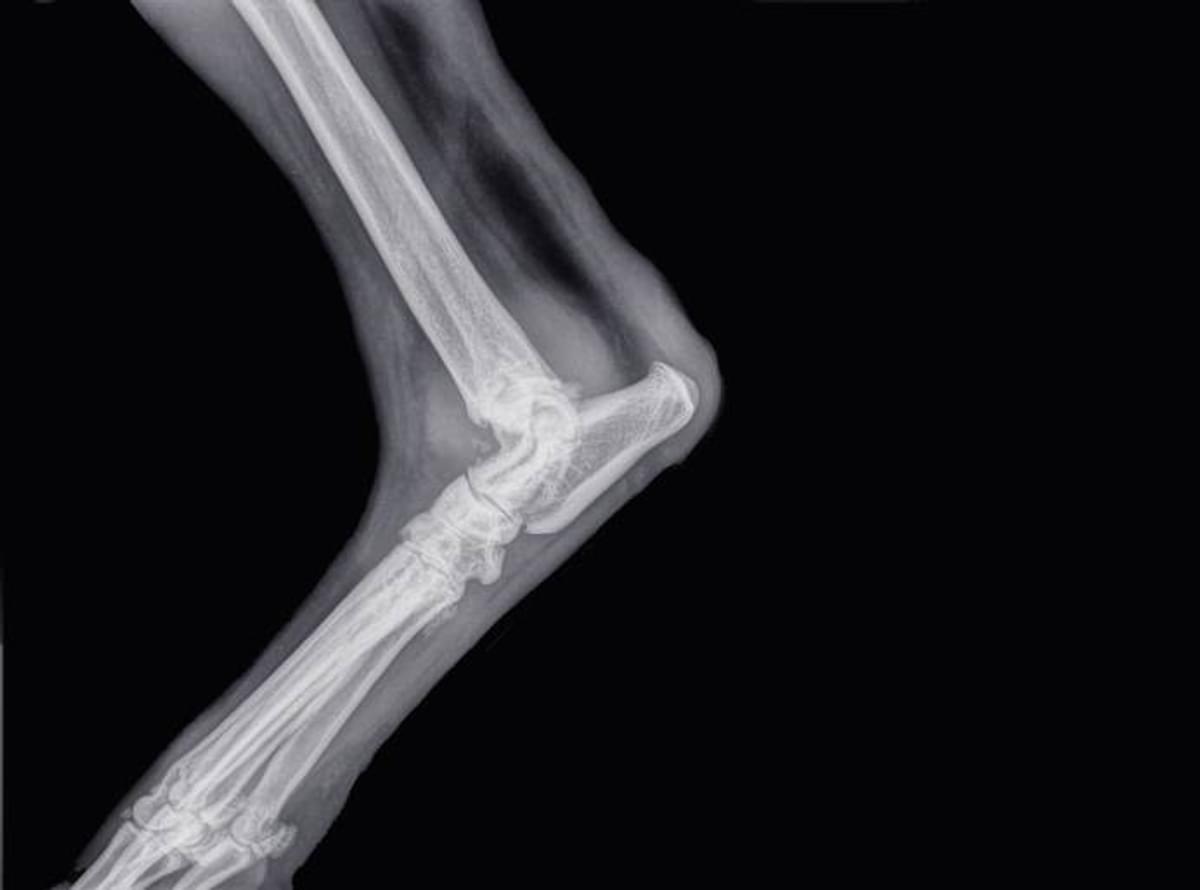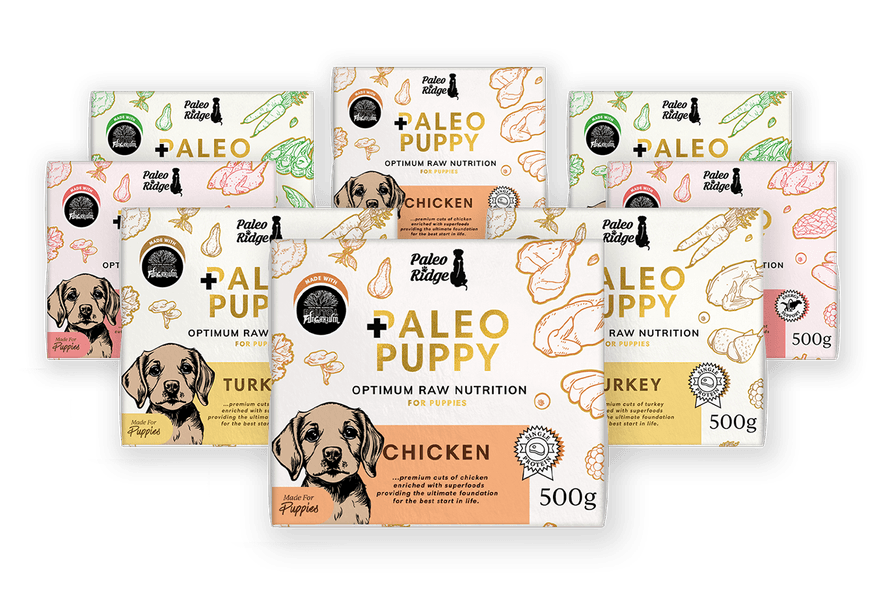Researchers have discovered that this isn’t just down to a dog’s excess weight stressing their joints, but to many inflammatory cell markers that are ‘turned on’ in overweight dogs with OA.
Interestingly, fat tissues secrete biological pro-inflammatory cell messengers called cytokines that specifically stimulate inflammation in the articular cartilage.
If arthritis is connected to inflammation, then if fat cells are breeding an inflammatory environment, promoting oxidative stress also associated with arthritis, it begs the question which comes first the structural joint changes or environmental influences causing changes in gene expression that led to these structural changes?
If we are what we eat, then a diet that comprises pro-inflammatory anti-nutrients like starches, including potatoes, sweet potatoes, and rice, these ingredients will be fuelling inflammation in the body. Not only making losing excess weight more difficult but without any health benefits.
Whereas a diet that’s functional and species-appropriate for dogs comprising a variety of fresh wholefoods, including meats, offal, ground bone, and seasonal veggies offer an anti-oxidative, and pro-nutrient-dense alternative that will reduce inflammatory responses in the body, and optimise good health and longevity naturally.
Not only does it help to reduce weight more easily, a natural unprocessed diet offers support for your dog’s physical frame. Studies show that as dogs lose weight, they not only gain mobility but there’s a decrease in the systematic inflammation and oxidation associated with OA.
If medicine can be your food, it offers an alternative, at least a reduction in Non-Steroidal Inflammatory medications or prescribed pro-inflammatory diets. There’s evidence that when NSAIDs are used long-term, they can cause damage and injury to tissues of the liver, kidneys and bone marrow.
Being aware of how weight and environmental factors like diet, overmedication, and correct exercise, can impact joint health enables us to make informed choices and, with a few adaptations, putting a spring in your dog’s step feasible, no matter the weather!





